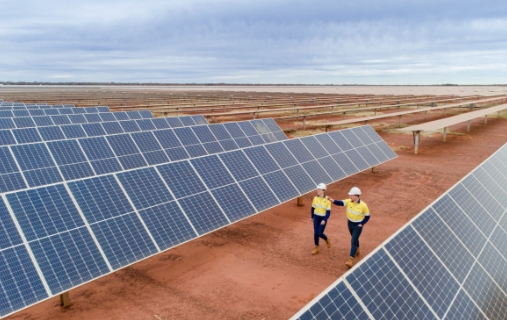
The Turner River Solar Hub aims to supply renewable energy to Fortescue’s mining operations in the Pilbara region, supporting the company’s goal of achieving zero Scope 1 and 2 emissions by 2030 without relying on carbon offsets. The state EPA determined that the project’s environmental impact does not require formal assessment under the Environmental Protection Act, citing minimal environmental effects.
The federal Department of Climate Change, Energy, the Environment, and Water is currently accepting public feedback until June 11, 2025, to determine if the project requires assessment under the EPBC Act. Fortescue has submitted plans to both state and federal authorities to ensure compliance with environmental regulations.
Jarrod Pittson, Fortescue’s group manager of environment development approvals, commented on social media: “This is how we get projects moving and the energy transition happening. Then timely approvals are absolutely possible and the cycle of delay and despair can be broken.” He emphasized that thorough baseline surveys, robust scientific data, and well-prepared submissions are key to efficient approval processes for renewable energy projects.
Fortescue’s broader strategy includes developing multiple solar and wind farms, transmission infrastructure, and battery systems to transition its Pilbara operations from diesel and gas to renewable energy by 2030. The company estimates that achieving this target will require 1,500 MW of solar photovoltaic capacity. In addition to the Turner River Solar Hub, Fortescue is constructing a 190 MW solar farm at its Cloudbreak mine and completed a 100 MW solar farm at North Star Junction in 2024. The company also sources power from APA Group’s 60 MW Chichester Solar Farm.
The Turner River Solar Hub represents a significant step in Fortescue’s commitment to sustainable energy, enhancing its mining operations’ efficiency while advancing environmental goals in Western Australia.